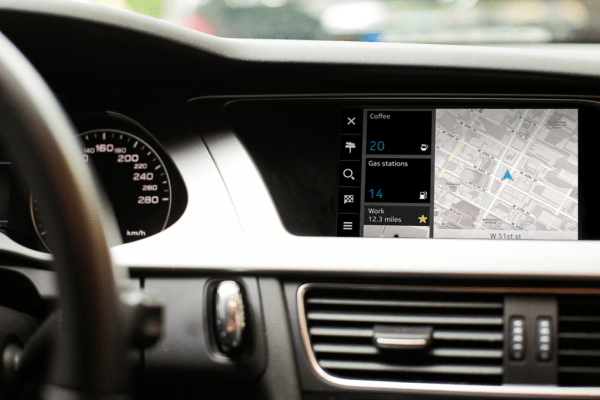Nokia is divesting itself of its hardware division, selling that business mostly off to Microsoft in a deal worth around $7.2 billion announced today. But it will continue to operate its own software and services, including the revamped maps division that it branded HERE nearly a year ago, and expanded from geospacial services to additional lines of business including the in-car infotainment system market just last week. HERE is a fresh shoot that could grow all the better for Nokia’s hardware pruning via Microsoft.
HERE as a standalone maps products was a bit of an odd beast to fathom when it launched as a cross-platform mapping app late last year, going up against native solutions on Android and iOS devices, and third-party options including Google Maps itself once that arrived on iOS again back in December, 2012. But in light of the announcement of this deal, which was apparently in the works way back in November when HERE made its official debut, Nokia’s shifting strategy around its navigation and maps division makes a lot more sense.
The maps products themselves are also only one small part of a greater picture; HERE is clearly designed to be more than just a Google Maps equivalent, which is good because surviving as that alone would be a daunting task indeed. HERE Auto, the platform Nokia introduced last week which offers not only in-car software for navigation, but also syncing and companion services between mobile devices and the cars themselves, along with fully white-labeled solutions for car makers to make their own via pre-loaded apps, branding and other customizations.
HERE Auto is a defining moment for HERE in general, since it reveals why the company would bother venturing into mobile mapping to begin with. The mobile maps apps by themselves are unlikely to lure many away from the comforting embrace of their default platform options, or of the Google monolith, but combined with HERE Auto in the car, they become a much more attractive option, since you can seamlessly continue in-care navigation with walking directions sent directly to your mobile, and do all of the above without worrying about what platform is running in either environment.
In the car, HERE Auto works with BlackBerry’s QNX car-based OS, as well as Microsoft’s Windows embedded system, meaning it has a tremendous reach in terms of the spectrum of what car manufacturers are using already. And on mobile, car makers will be able to use white label apps on iOS, Android and Windows Phone to cover the spectrum of mobile devices used by their customers for attendant app experiences.
HERE Auto now has an unfettered opportunity to push itself as a truly platform-agnostic service layer, without worrying about Microsoft and its mobile ambitions (a Nokia spokesperson confirmed via phone that HERE business will proceed as usual at Nokia in the wake of the deal). It can potentially become the in-car settings layer for a generation of city-dwellers using shared services like Zipcar, for instance. And the additional data it stands to gain if automakers embrace it, both around navigation as well as around transport in general and the cars we use everyday, is immense.
HERE isn’t without challenges; its most recent earnings revealed that line of business continues to run an operating deficit, for instance. And Apple is targeting the user-facing software layer of the connected car with iOS in the Car in iOS 7, too. But the overall HERE picture is resolving more clearly thanks to the Auto launch, and I’m willing to bet we’ll see more efforts to expand its reach now that it isn’t living in the shadow of efforts to promote Windows Phone.
